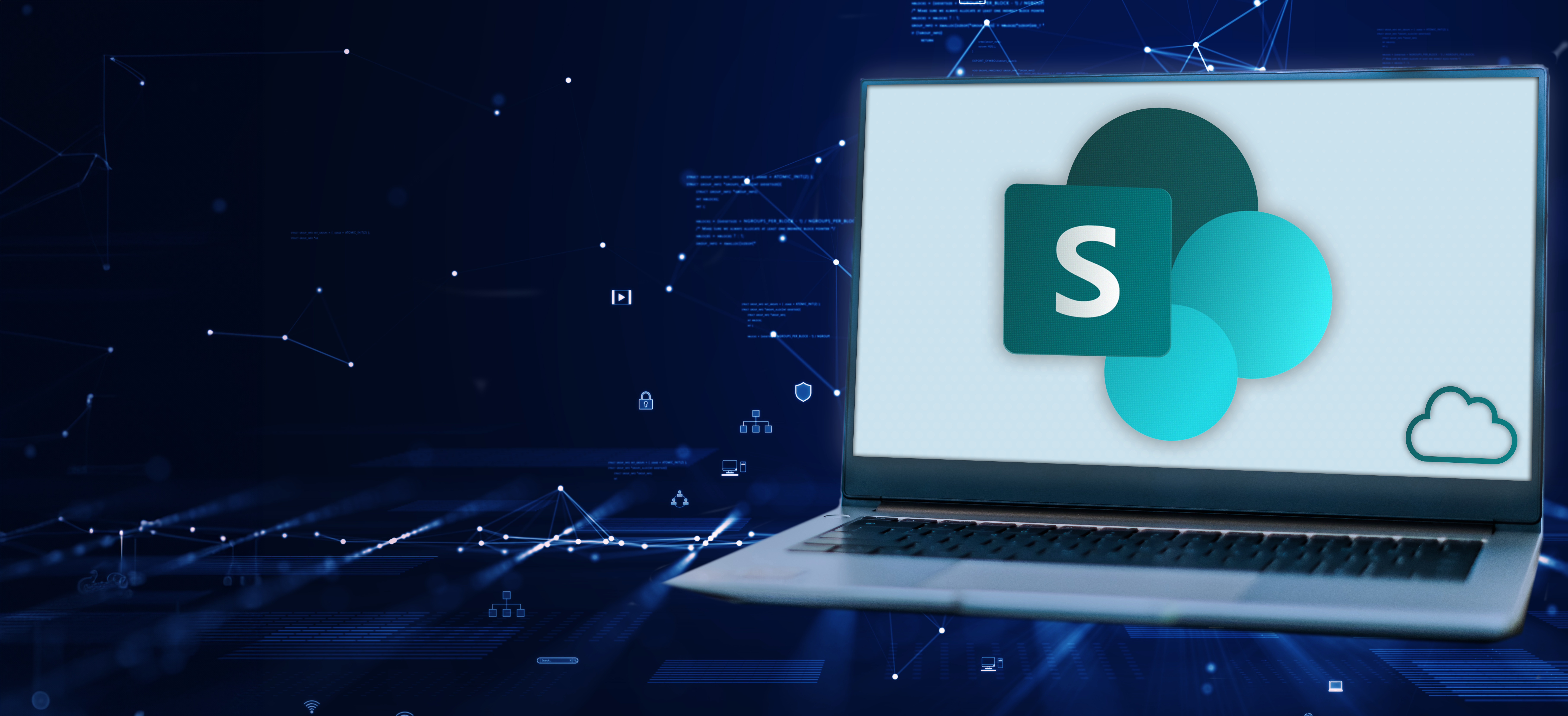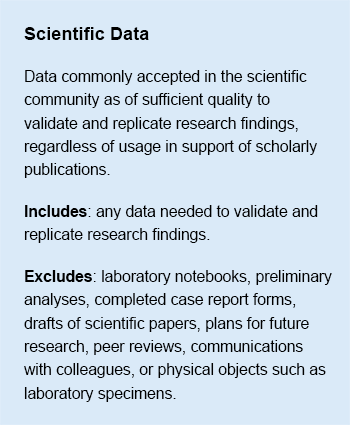Congratulations to LCG’s team at NIH’s Office of Strategic Coordination (OSC), who diligently worked over three years to modernize and upgrade 35 SharePoint sites from the legacy on-premises SharePoint 2019 platform to SharePoint Online. Our team developed custom interactive and responsive components using SharePoint Framework (SPFx), React, and TypeScript, allowing seamless integration with SharePoint data and services for a personalized and modern user experience.
When modernizing legacy tech, the act of translating old functionality to new frameworks remains essential to delivering on customer needs. The team attempted to make the custom SharePoint Online site more functional, while easing the end-user transition by retaining familiar SharePoint 2019 elements.
The team integrated features such as breadcrumb navigation, created reusable component libraries to modularize and design site architecture, developed User Acceptance Testing (UAT) cases, and addressed challenges such as custom actions not being able to translate 1:1 from SharePoint 2019 to SharePoint Online.
The following team members worked directly on this migration project and received high satisfaction marks from NIH’s OSC:
- Sreepallavi Thota
- Raja Ganapathi
- Rupinder Kaur
- Sumitra Sampath
- Fern Wildesen





